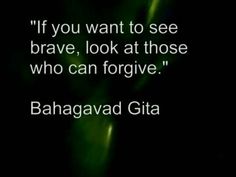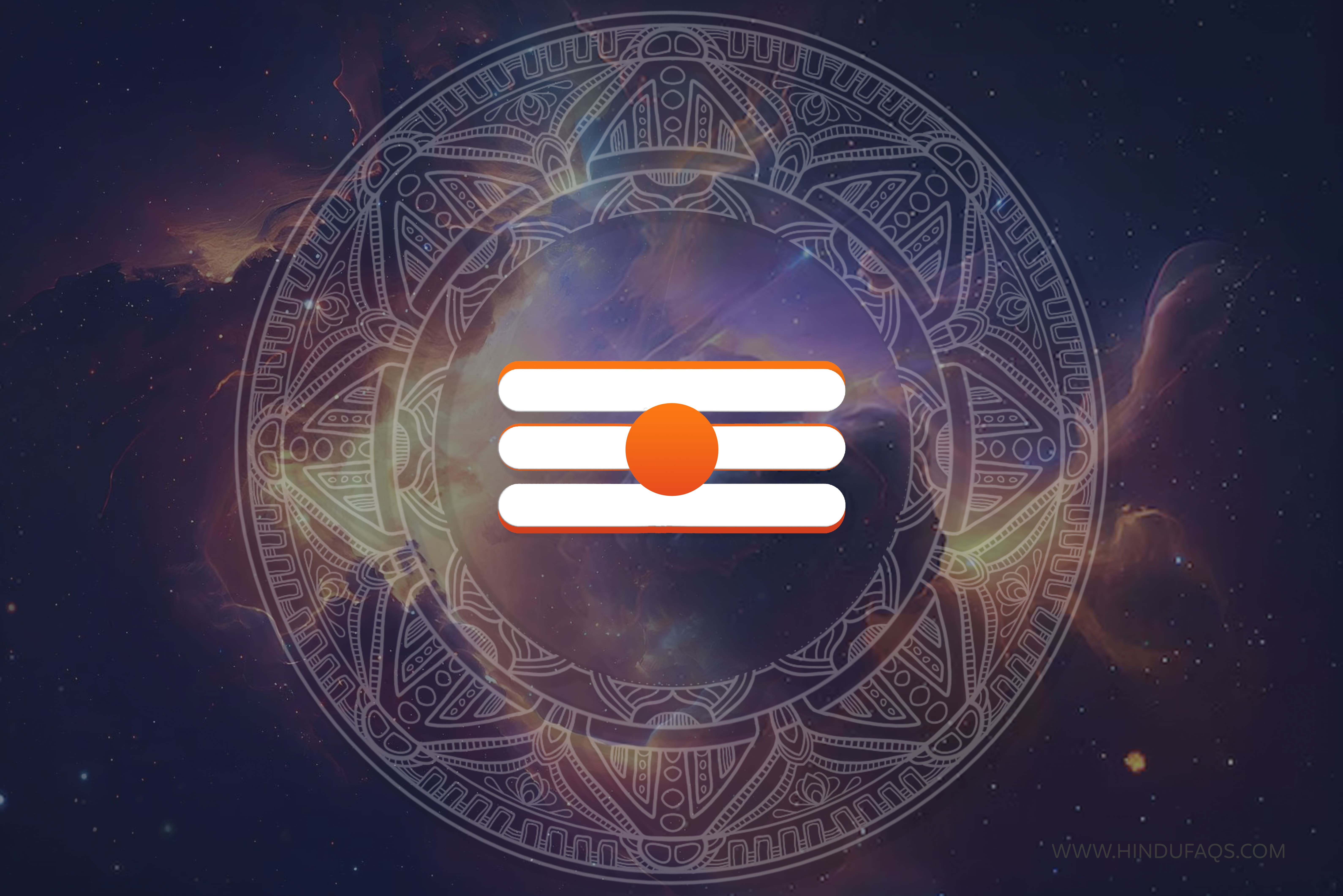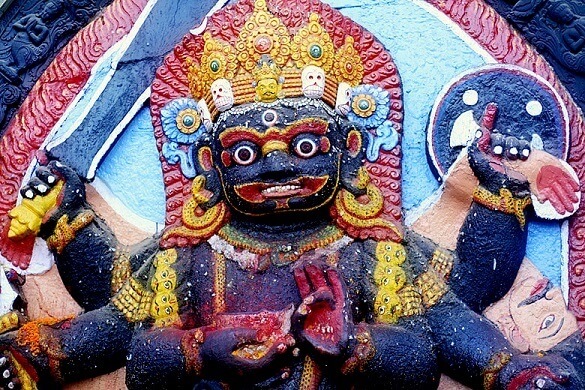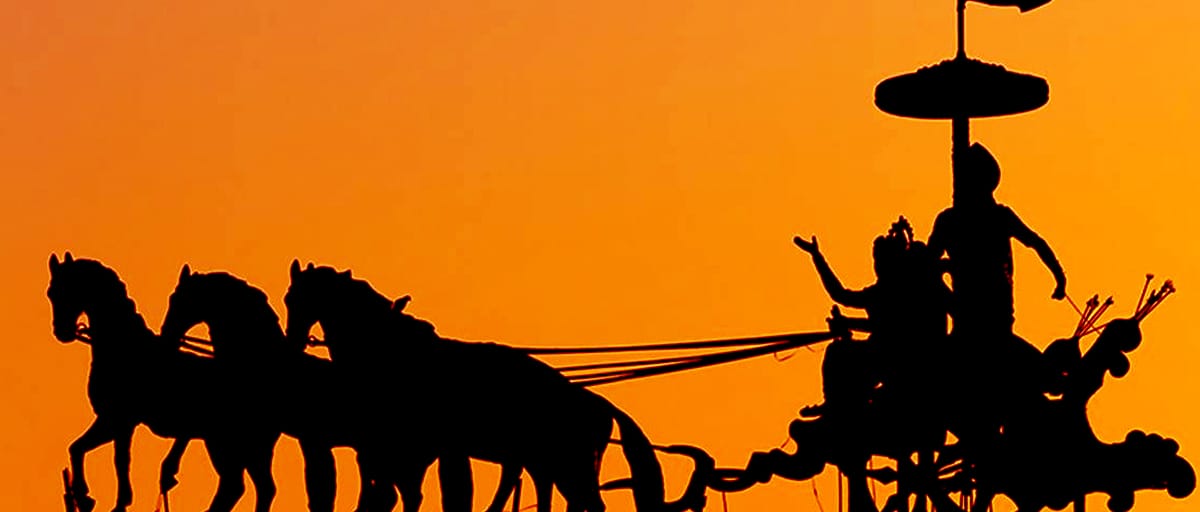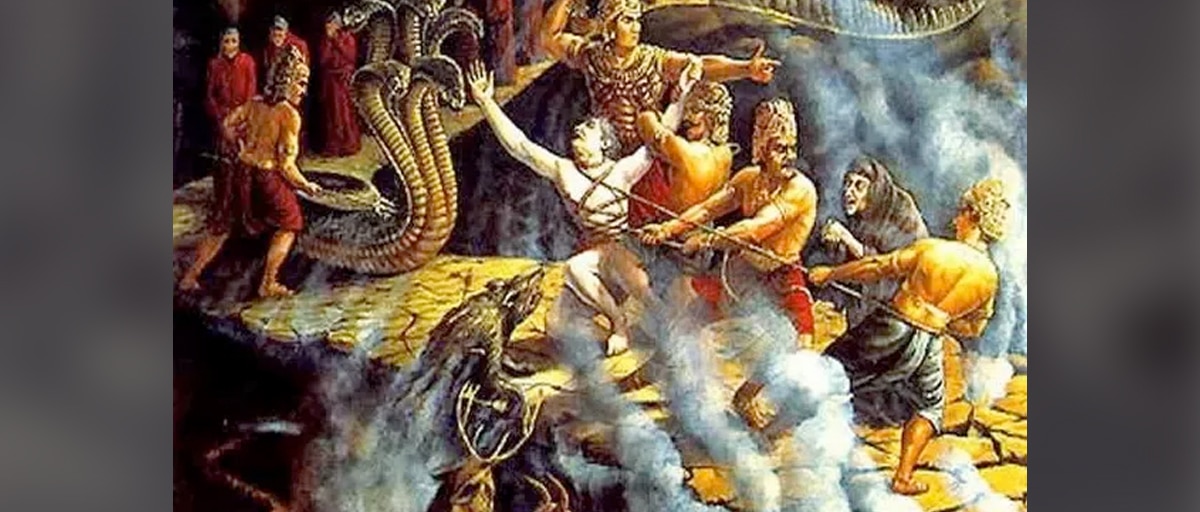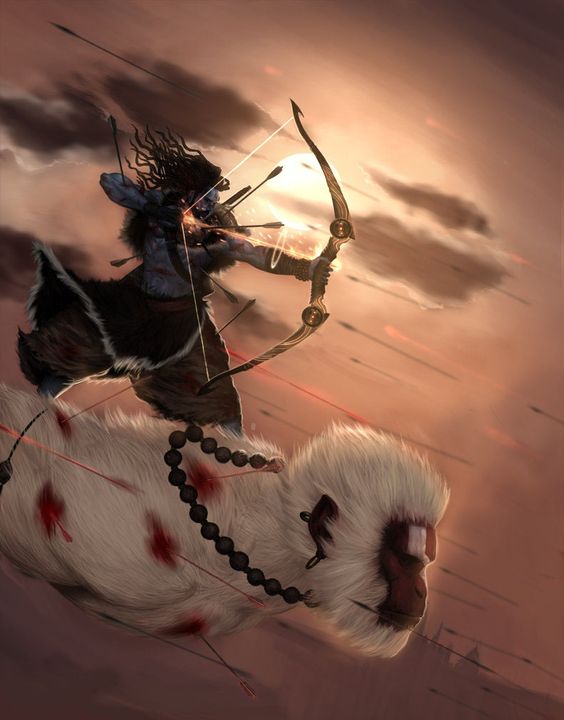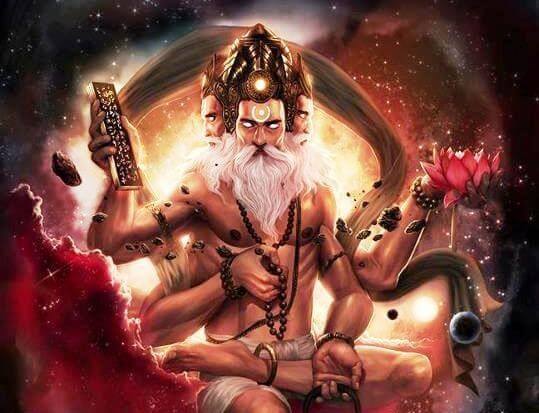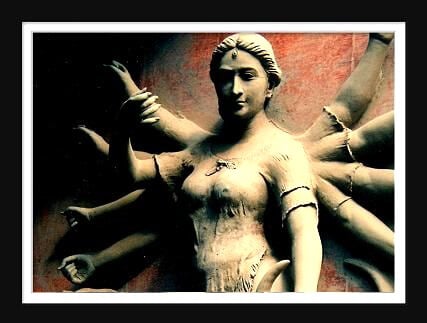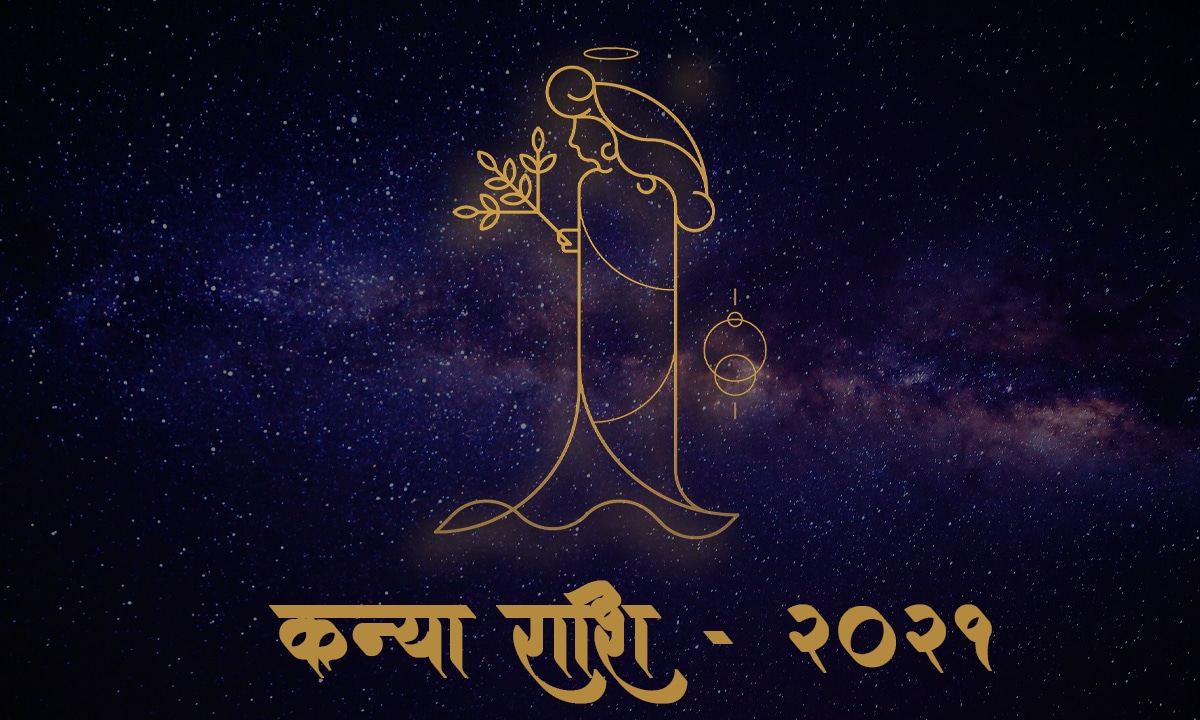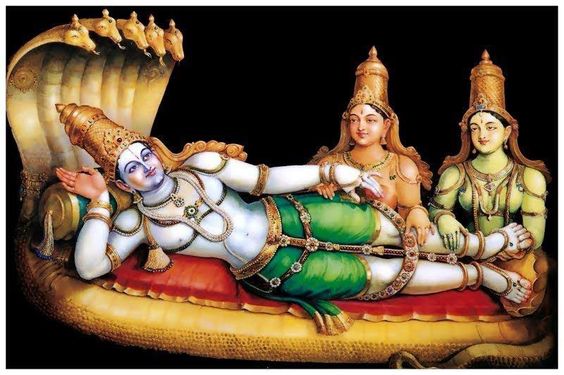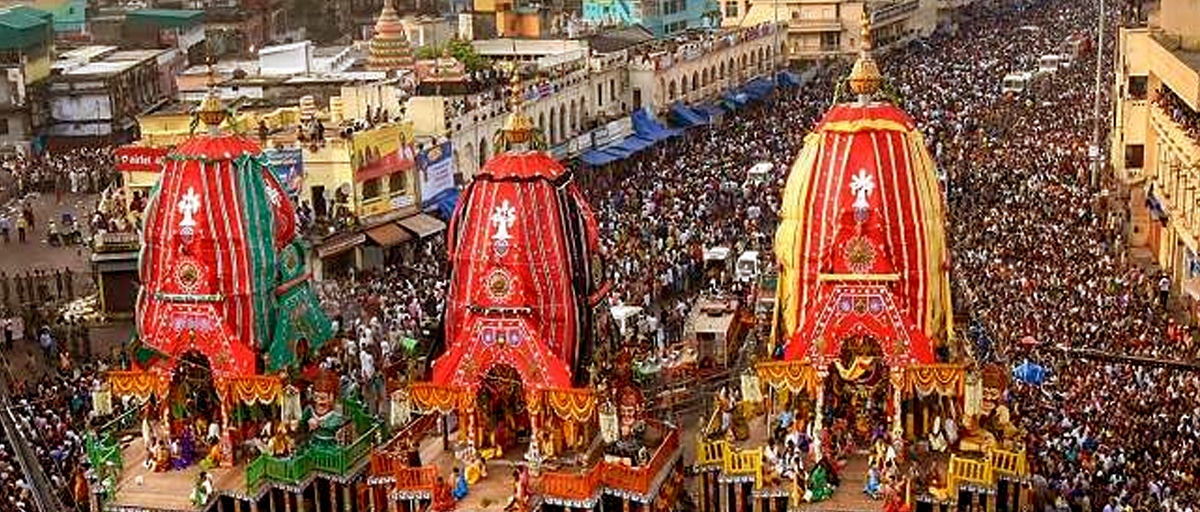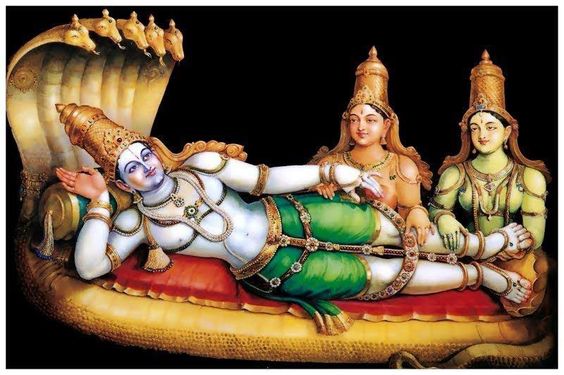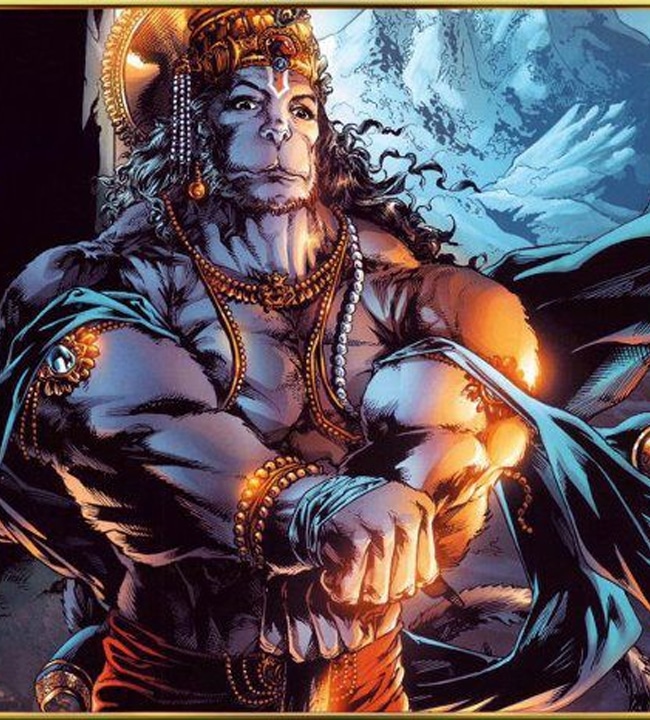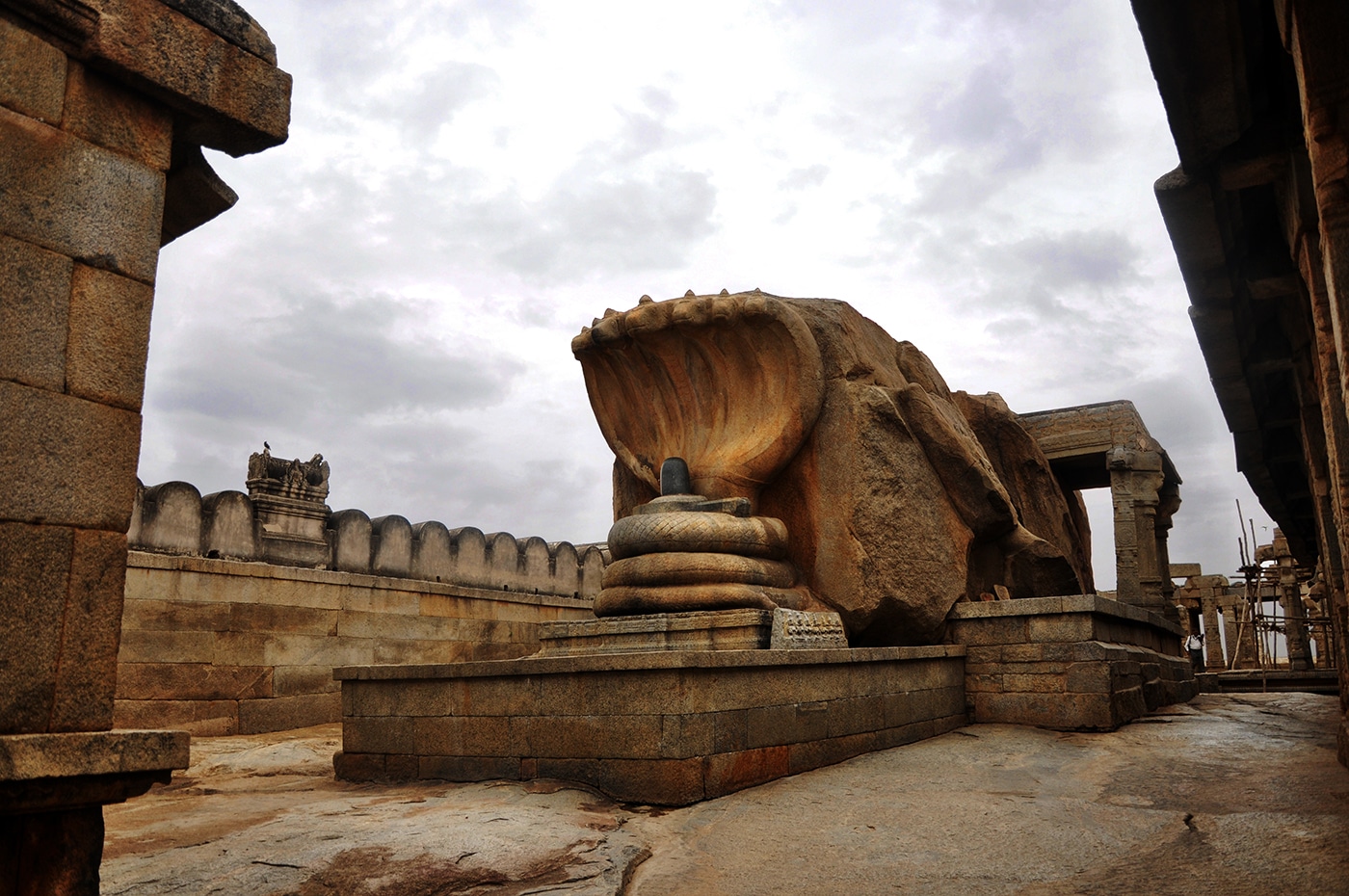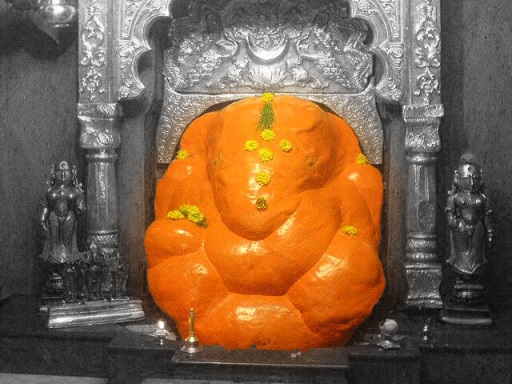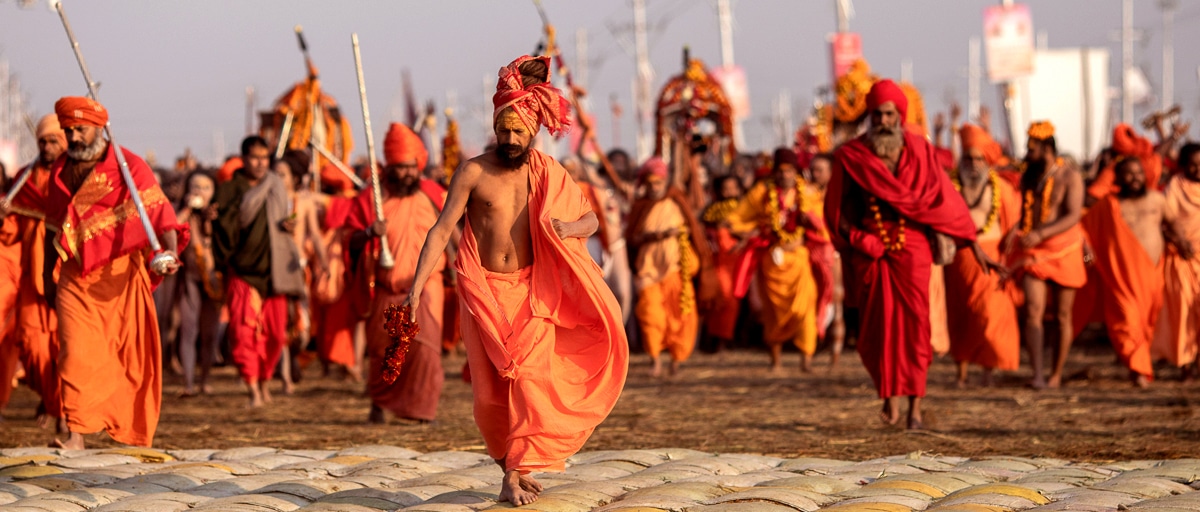The spirit of Bhagavad-gita is mentioned in Bhagavad-gita itself. Here are the Stotras given in Bhagavad Gita as an introduction to Gita adhyayas.
Stotra:
om ajnana-timirandhasya
jnananjana-salakaya
caksur unmilitam yena
tasmai sri-gurave namah
jnananjana-salakaya
caksur unmilitam yena
tasmai sri-gurave namah
sri-caitanya-mano-‘bhistam
sthapitam yena bhu-tale
svayam rupah kada mahyam
dadati sva-padantikam
sthapitam yena bhu-tale
svayam rupah kada mahyam
dadati sva-padantikam
Meaning:
I offer my respectful obeisances unto him.
When will Srila Rupa Gosvami Prabhupada, who has established within this material world the mission to fulfill the desire of Lord Caitanya, give me shelter under his lotus feet?
Stotra:
Svante ‘ham sri-guroh sri-yuta-pada-kamalam sri-gurun vaisnavams ca
sri-rupam sagrajatam saha-gana-raghunathanvitam tam sa-jivam
sadvaitam savadhutam parijana-sahitam krsna-caitanya-devam
sri-radha-krsna-padan saha-gana-lalita-sri-visakhanvitams.
sri-rupam sagrajatam saha-gana-raghunathanvitam tam sa-jivam
sadvaitam savadhutam parijana-sahitam krsna-caitanya-devam
sri-radha-krsna-padan saha-gana-lalita-sri-visakhanvitams.
Meaning:
I offer my respectful obeisances unto the lotus feet of my spiritual master and unto the feet of all Vaisnavas. I offer my respectful obeisances unto the lotus feet of Srila Rupa Gosvami along with his elder brother Sanatana Gosvami, as well as Raghunatha Dasa and Raghunatha Bhatta, Gopala Bhatta, and Srila Jiva Gosvami. offer my respectful obeisances to Lord Krsna Caitanya and Lord Nityananda along with Advaita Acarya, Gadadhara, Srivasa, and other associates. offer my respectful obeisances to Srimati Radharani and Sri Krsna along with Their associates, Sri Lalita and Visakha.
Stotra:
he krsna karuna-sindho dina-bandho jagat-pate
gopesa gopika-kanta radha-kanta namo ‘stu te
gopesa gopika-kanta radha-kanta namo ‘stu te
Meaning:
O my dear Krsna, You are the friend of the distressed and the source of creation. You are the master of the gopis and the lover of Radharani. I offer my respectful obeisances unto You.
Stotra:
tapta-kancana-gaurangi radhe vrndavanesvari
vrsabhanu-sute devi pranamami hari-priye
vrsabhanu-sute devi pranamami hari-priye
Meaning:
I offer my respects to Radharani whose bodily complexion is like molten gold and who is the Queen of Vrndavana. You are the daughter of King Vrsabhanu, and You are very dear to Lord Krsna.
Stotra:
vancha-kalpatarubhyas ca krpa-sindhubhya eva ca
patitanam pavanebhyo vaisnavebhyo namo namah
patitanam pavanebhyo vaisnavebhyo namo namah
Meaning:
I offer my respectful obeisances unto all the Vaisnava devotees of the Lord who can fulfill the desires of everyone, just like desire trees, and who are full of compassion for the fallen souls.
Stotra:
sri krsna caitanya prabhu nityananda
sri advaita gadadhara srivasadi-gaura-bhakta-vrnda
sri advaita gadadhara srivasadi-gaura-bhakta-vrnda
Meaning:
I offer my obeisances to Sri Krsna Caitanya, Prabhu Nityananda, Sri Advaita, Gadadhara, Srivasa and all others in the line of devotion.
hare krsna, hare krsna, krsna krsna, hare hare
hare rama, hare rama, rama rama, hare hare.
hare rama, hare rama, rama rama, hare hare.
DISCLAIMER:
All images, designs or videos on this page are copyright of their respective owners. We don’t own have these images/designs/videos. We collect them from search engine and other sources to be used as ideas for you. No copyright infringement is intended. If you have reason to believe that one of our content is violating your copyrights, please do not take any legal action as we are trying to spread the knowledge. You can contact us directly to be credited or have the item removed from the site.

